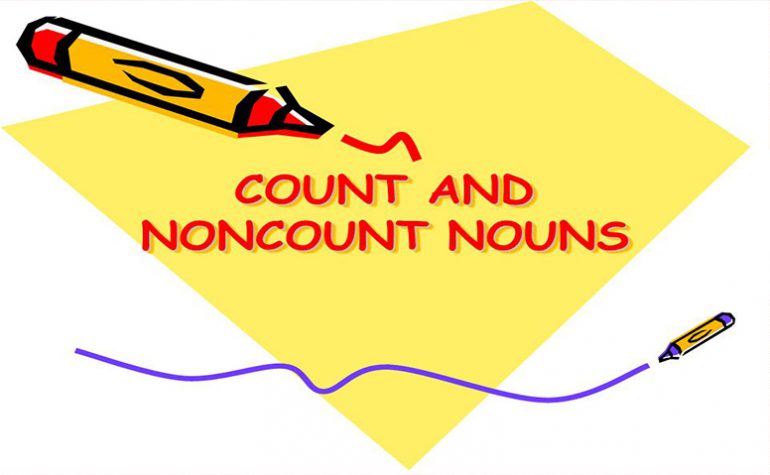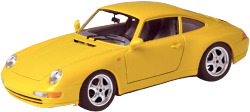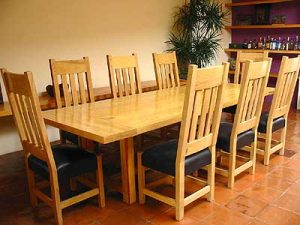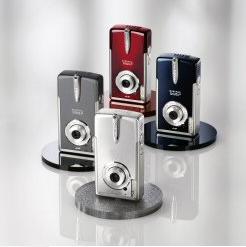Count and Noncount Nouns
Count Nouns | Noncount Nouns | |
a car (singular)
| cars (plural)
| traffic
|
a chair
| chairs
| furniture |
an apple
| apples
| fruit
|
a camera
| four cameras
| video equipment |

count nouns use singular and plural verbs and pronouns: | noncount nouns use only singular verbs and pronouns: |
There is an apple. (singular) There are some apples. (plural) | There is some fruit. (singular verb) |
I like that chair. (“that” is singular). She likes those chairs. (“those” is plural) | I like that furniture.
|
A car is an expensive thing to own. Cars are an expensive form of transportation. | Traffic was heavy today. (singular verb) |
| Apples taste good | Fruit tastes good. |
| Digital cameras make photography easy. They are fun to use. | TV stations have a lot of video equipment. It is expensive. |
| The camera is very nice. |
Asking questions for an amount or a number:
Count Nouns | Noncount Nouns | |
| How many chairs are there? | How many chairs are there? | How much furniture is there? |
There is one chair
| There are two chairs | There is a lot of furniture |
| How manycameras are there? | How many cameras are there? | How much equipment is there? |
There’s one camera | There are four cameras
| There’s a lot of video equipment
|
Only count nouns can take a number: There is one camera. There are four cameras. Noncount nouns don’t use numbers: There is some equipment. There is a lot of equipment. Knowing the difference between count and noncount nouns will make your English sound much better. Below are words and phrases that can be used with count and noncount nouns. As you continue through the next levels, you will probably need to come back to this page. |

count nouns | noncount nouns |
| a (singular) | — (no article) |
| the (singular and plural) | the |
| some | some |
| a lot of | a lot of |
| many (large numbers) | much (large numbers) |
| a few (3 to 4) | a little (small number) |
| few (a very small number) | little (a very small number) |
| fewer (comparative) | less (comparative) |
| fewest (superlative) | least (superlative) |
| not many (a small number) | not much (a small number) |
| not any (zero) | not any (zero) |
Quiz
Part A.
Directions: Complete each sentence with the correct form of the verb “be”
1. There _______ some time before the game.
2. There _______ two people looking at the house.
3. _______ there a good movie showing at that theater?
4. _______ there any good restaurants near here?
5. Why ______ there police officers outside that house?
6. There ______ a hat on the table.
7. _______ there enough chairs for everyone?
8. _______ there a pillow on the bed?
9. There _______ seven days in a week.
10. There ______ ten students in the classroom.
Part B.
Directions: Complete each sentence with “much” or “many.”
1. How ______ time is there to finish our work today?
2. There aren’t ______ students in class today.
3. I like her very _______.
4. How ______ money do you have?
5. Are there _______ cars in the parking lot?
6. You don’t make _______ mistakes, do you?
7. There isn’t very _______ tea left in the teapot.
8. She doesn’t like too _______ meat in the sauce.
9. How ________ people do you know in your building?
10. There isn’t very _______ oil left in the world.
Congratulations!!!
Your score
source:http://www.learnamericanenglishonline.com/












